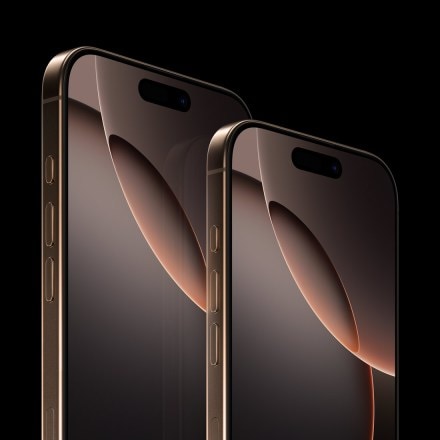As premiumisation continues to take the centre stage in the economy, the refurbished electronics market is also seeing a strong rise in demand for high-end mobile phones from brands such as Apple, Samsung and OnePlus. Refurbished electronics seller Cashify saw a 38% spike in demand for iPhones in the first half of this year. In terms of volume, iPhones constituted more than half of the refurbished phones sold by Cashify.
Apple’s share in the firm’s sales almost doubled in 2023 to 52% from 29% in the preceding year. Xiaomi held a 15% share in sales volume, followed by OnePlus, Samsung, and Oppo.
“Premiumisation is the biggest thing that I’ve seen in the last one-and-a-half years. Two years ago, we used to sell a lot of refurbished Xiaomis and lower ASP (average selling price) devices. But I have seen a significant change in consumer behaviour over the last 18-24 months, where everybody I speak to wants an iPhone,” co-founder and CEO Mandeep Manocha said in an interaction with FE.
Cashify is in the business of buying and selling refurbished electronic devices, largely mobile phones and laptops. While it had begun with a pure marketplace model, the company soon pivoted to a full-stack model where it bought devices from consumers, refurbished them, and sold them directly to end users.
Currently, its most popular refurbished model is an iPhone 11, which it sells at a price point of Rs 20,000. Apple discontinued selling this model in late 2022. For newer models such as the iPhone 15, which usually costs around `65,000, Cashify prices its refurbished models at a 20-23% discount and sells them for anywhere around Rs 52,000- Rs 54,000, with a warranty of six months to a year and financing options.
While the discounts vary from brand to brand and can go up to 30-35%, for iPhones the delta is never very high because of the high quality of the product, Manocha noted.
“This is also a function of our sourcing price. I would buy the iPhone at the highest price because I know we will be able to sell it at a higher price due to inherent demand. iPhones will always fetch you the highest value as a percentage of the price that you paid. For some of the other brands, the depreciation is quite fast,” he added.
Path to profitability
Cashify has been aiming to turn profitable in the last few years. The company had initially set a target to post a profit by mid-FY22 and then in FY23, but has failed to rein in expenses and expand margins. The company’s net loss had widened to Rs 147.9 crore in FY23, compared with `99.3 crore a year ago, despite strong revenue growth.
However, the company is now on track to reach Ebitda profitability by the end of this financial year, Manocha said. “We’ve focused on how do we increase our business mix to more of direct to consumers, sell devices that have higher margins, and reduce operational inefficiencies. Because of that, we are now profitable for the last four-five months,” he added.
Cashify has scaled its direct-to-consumer sales from less than 15% three years ago to about 40% at present. Removing the middle layer of distributors has helped it take home higher margins.
Founded in 2013, Cashify has so far raised $140 million over eight rounds from investors such as Blume Ventures, Bessemer Venture Partners, Prosus, Olympus Capital Asia, and more, as per Tracxn data. Its current valuation stands at $248 million.
